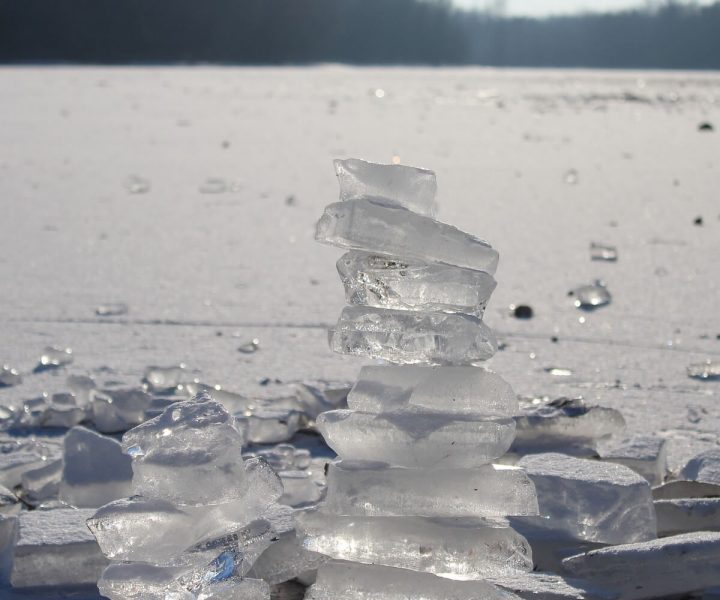
People who spend a lot of time outdoors can undoubtedly be ambitious. We spend loads of money on gear most people have no idea what to do with, we familiarize ourselves with loads of jargon (AT, bivouac, miler), and we take risks that would send the common person running.
One of the potential risks that we take during winter is navigating icy patches of water. One wrong step can plunge you into frigid water and mean you’re stuck in a precarious situation. Surviving a fall through thin ice can be done, you just need to keep calm and follow these steps.
Avoid thin ice
Well, duh! Avoiding thin ice may seem obvious, though it bears stating as it’s the first step to remaining warm and dry. Therefore, stay away from aerators, pressure cracks, running water, springs, seeps, otter holes, and beaver dams and runs, along with all other areas where there may be thin ice. The safety when it comes to ice thickness varies, but we wouldn’t recommend stepping on any areas where the ice is under five inches thick.
Make others aware of your plans
Whenever you head outdoors or to a sparsely populated area, you always need to tell someone where you plan to go and when they should expect you back, particularly if you’re headed out to an icy spot. Therefore, if you don’t return home at your stated time, they can notify emergency services. It’s also a good idea to buddy up, that way; there will always be someone to give you a hand if worse comes to worse.
Pack proper gear
Even if you are an ultra-light backpacker, its vital that you pack some essential gear for survival or emergencies. Make sure you pack a long rope (at least 50 feet long), so you can be pulled out of the water. Another essential are ice picks, as they can be very helpful in pulling yourself out.
If you break the ice, stay calm
Don’t panic if you fall in. The sudden and freezing temperature will suck away your breath, and you’ll make it worse if you start to thrash around panicking. Once you’ve calmed down, stretch your arms towards the sides to stay above the ice, but don’t try using your arms to push up, as all the weight will be placed in your hands and you’ll end up breaking more ice around you.
Getting out
If possible, try and push most of your body out of the water and onto the thicker ice. Put the ice picks in your hands, leaning forward and kicking your feet to get your body in a horizontal position. Kick away until you’ve pushed your hips out the water, and once you’ve managed that, roll away from the thin ice.
This ice safety video shows you how to perform a self rescue, whether you are carrying picks or not:
Always do what you can to avoid thin ice in the first place, but if you do ever fall through, then try to remain calm and remember the above tips.
 Your Privacy Choices
Your Privacy Choices